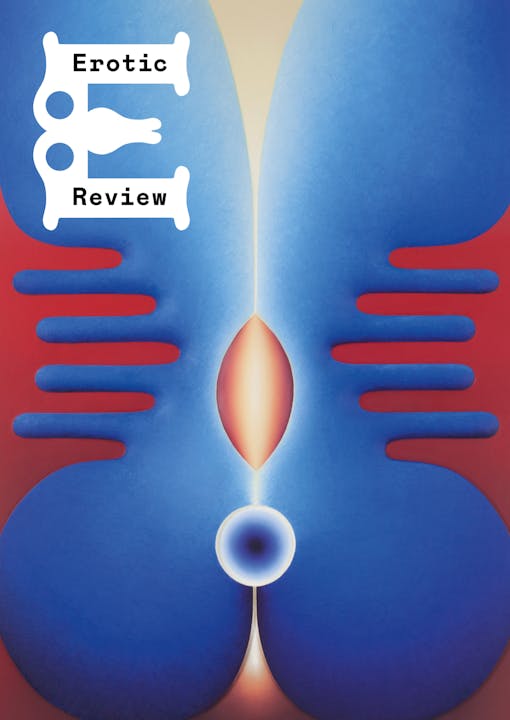Kajet journal issue 2
Delivered to Stack subscribers in
Sep 2018

Frustrated by the “purely anecdotal” understanding of Eastern Europe, Kajet Journal is a beautifully bookish title with new perspectives from the region. Published in Bucharest, Romania, it wants to challenge the stereotypes and misrepresentations attributed to Eastern Europe by mainstream media.
Name
Petrică Mogoș and Laura Naum
Job title
Founders and Editors of Kajet Journal
What is Kajet?
Born in Titan, a (former) working class neighbourhood of Bucharest, Kajet Journal emanated out of an urgent need to provide a platform for Eastern European narratives. The annual publication seeks to move beyond a purely anecdotal understanding of Eastern Europe, aiming to challenge its surrounding stereotypes.
Kajet gets its name from the Easternised version of the French ‘cahier’, meaning notebook. It embodies our ethos: a textual and visual collection of thoughts, an assemblage of neglected narratives, a self-expanding string of reflections and perspectives, a perpetual work in progress of a history that keeps re-writing itself; essentially, a journal of Eastern European encounters.
What makes it different to the rest?
Kajet departed from the premise that Eastern Europe is not only misrepresented in popular press and belief — through severe inconsistencies in knowledge — but also underrepresented when it comes to the current distribution of printed material. Eastern Europe requires sharper means of expression that should give voice to this region’s forgotten tales.
Kajet comes in to fill this gap. What sets us apart from other printed publications, aside from the thematic focus, is that we seek to provide a common ground for academics and artists alike, where intricate processes of acquiring and redistributing collective knowledge are stimulated to take place. In meeting this objective, we try to propose a different approach in that we address scholarly interests with an informal, semi-academic overtone.
Who makes Kajet?
Kajet is made by a small team of four people: two editors (Laura Naum and Petrică Mogoș) and two graphic designers (Gabriel Barbu and Ana Maria Dudu), helped by an extended network of contributors/freelancers.
Who reads it?
We are not sure whether a cut and dried archetypical Kajet readership exists. However, if at the beginning a mere degree of curiosity regarding Eastern European cultures was required, we now believe that certain boundaries have been surpassed and that we have managed to diversify our readership. We do like to think that anyone with the slightest interest in subject matters as broad as marginal non-fiction, socialist architecture, translocal pop culture, utopianism and science fiction, the communist past, as well as the revolutionary role of peripheries will find this publication pretty interesting.
Why do you work in magazines?
We’ve always been passionate about independent magazines — or printed objects in general — avidly collecting and reading them ever since our forsaken high-school days. At the same time, we sort of took this task of using print as a political weapon upon ourselves. That is because we see independent magazines as an effective form of popular culture through which important (read: political) messages and ideas can be disseminated. After all, let’s not forget about this region’s past, where printed content has consistently been a form of dissidence, one that currently bears the legacy of former samizdat endeavours. So ultimately magazines themselves bear a strong political potential that we wish to fulfil.
Aside from the print magazine, what else are you involved in?
Although we are foremost focused on our print journal at the moment, we also engage with various other forms of publishing and editorial activities (such as academic papers as well as conference presentations).
Where do you see Kajet in five years?
We’d love to at least maintain the annual frequency if not, ideally, publish twice a year. At the same time, one of our still unrealised dreams has been to open up our own magazine shop in Bucharest, to start a process of cultivating the Eastern European public regarding the boundless possibilities of the print world. Ultimately, we’d love to expand this publication into a larger editorial project engaged in publishing other printed materials regarding Eastern Europe’s neglected narratives.
Delivered recently by Stack
A different independent magazine delivered every month from £12. Sign up today and discover a new world of reading outside the mainstream...
Subscribe to Stack now See 17 years of magazines








